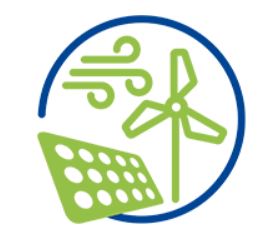‘Green Lights Program,’ established in 1996, was to promote energy efficiency in lighting due to expected increased demand for the electricity system in China and resulted in environmental and economic benefits. The program’s success can be attributed to five key factors discussed in this paper.
Unknown
Renewable energy has the potential to play a big role in the transition pathways towards a low carbon society in Europe and has many recognised benefits. So, the European Union has aimed to increase the share of renewable energy in the electricity industry to at least 50% by 2030. The Innovation Readiness Level (IRL) studied the readiness of renewable energy technologies along 5 dimensions of technology readiness level and provides recommendations for policymakers.
This post discusses the decarbonisation of the European Union (EU) from a biophysical perspective when analysing a shift to renewable energy. A complete decarbonisation of the economy is “feasible and viable” by the EU, and the main hurdles to decarbonisation are framed as financial. The H2020 MAGIC project modelled two pathways for the decarbonisation of the EU’s power sector to 2050, the first with high curtailment and the second with high storage.
New frameworks and tools are provided by TRANSrisk to manage climate change policy and are designed within the context of national case studies. Technological Innovation Systems (TIS) approach is used to explain the rate and nature of technological change in the case studies. The TRANSrisk project has two additional sectors alongside the four conventional circular economy sectors. A cross-sectoral approach is used to explore synergies and conflicts and risks and uncertainties of various innovative low



